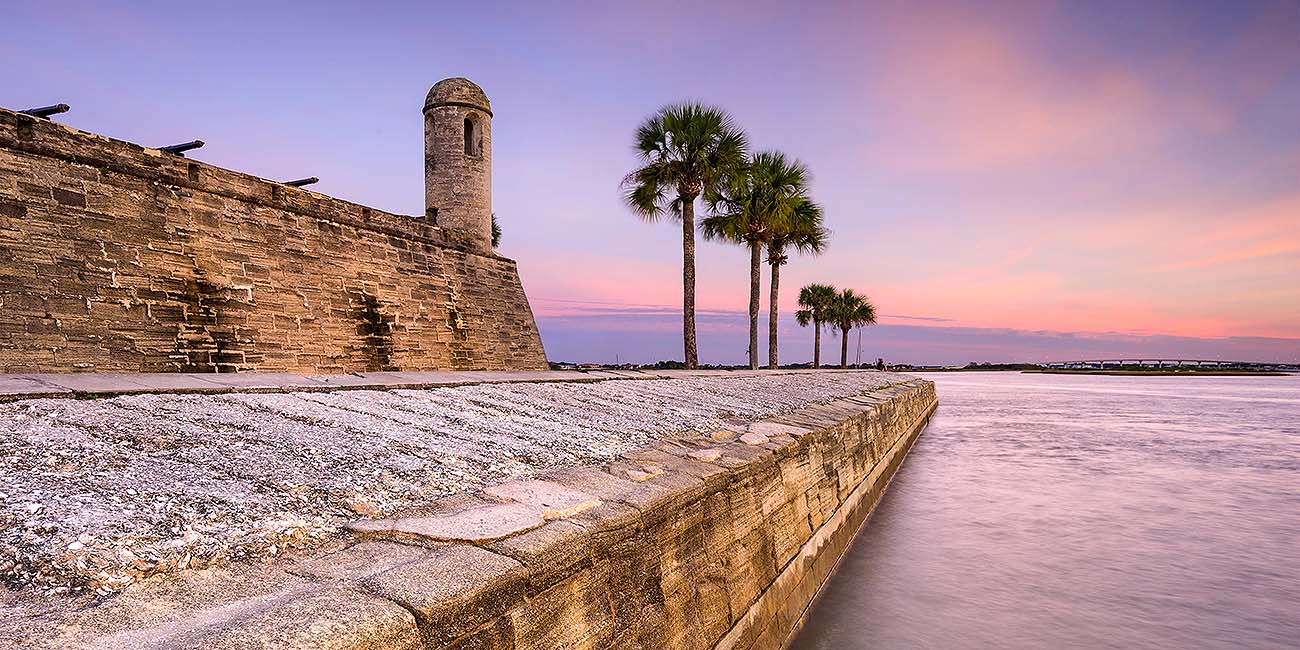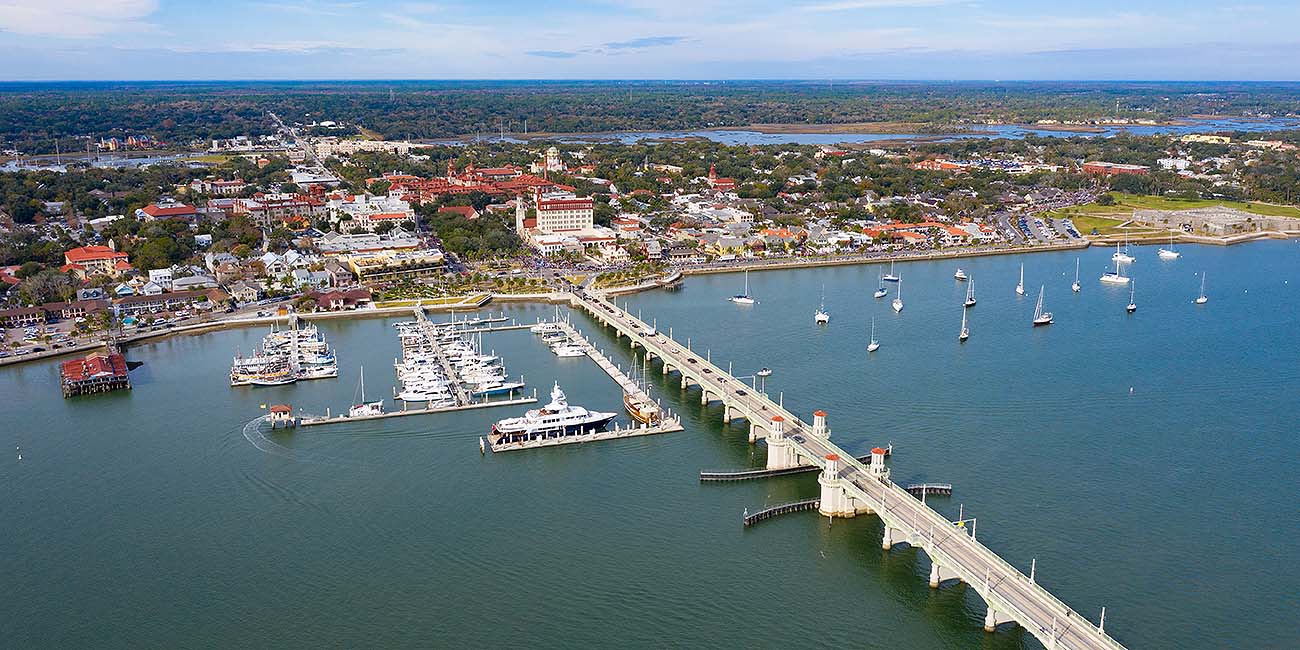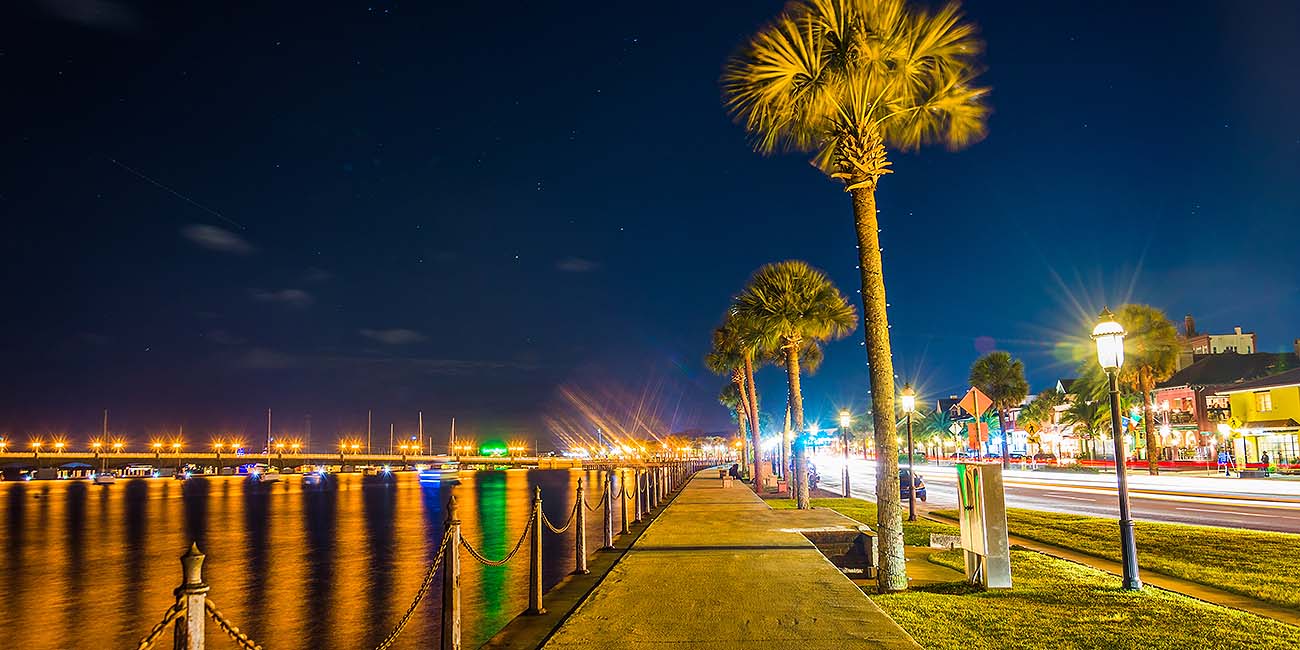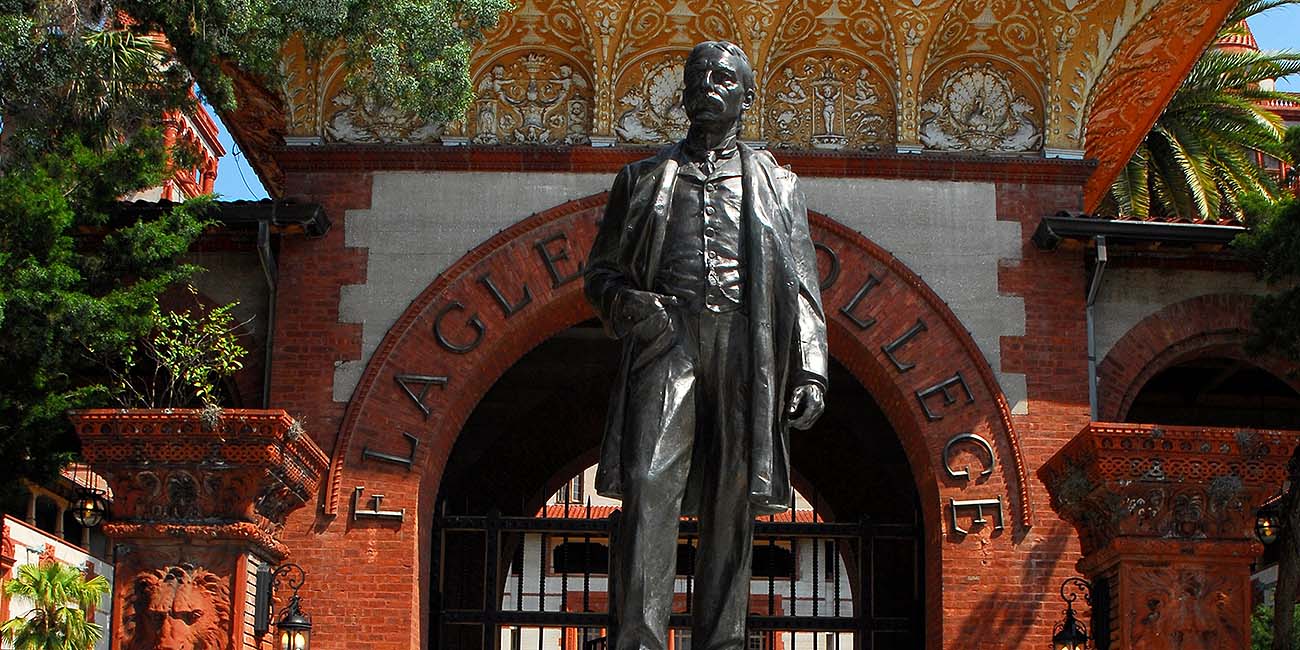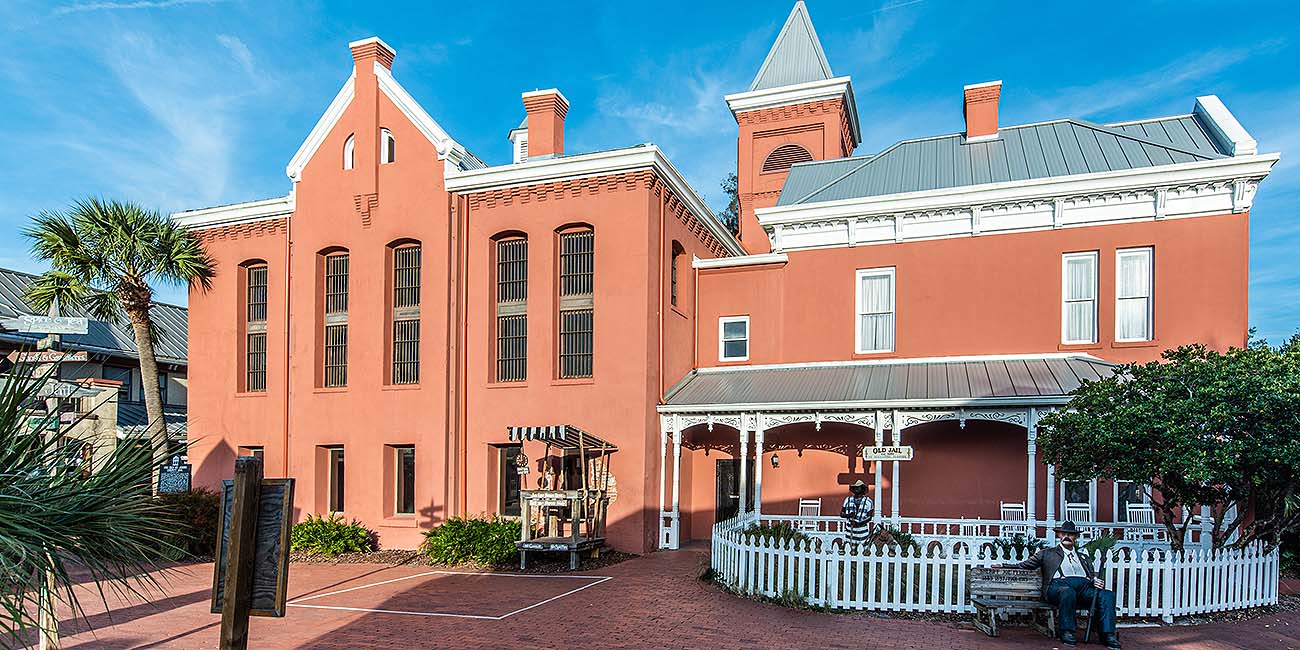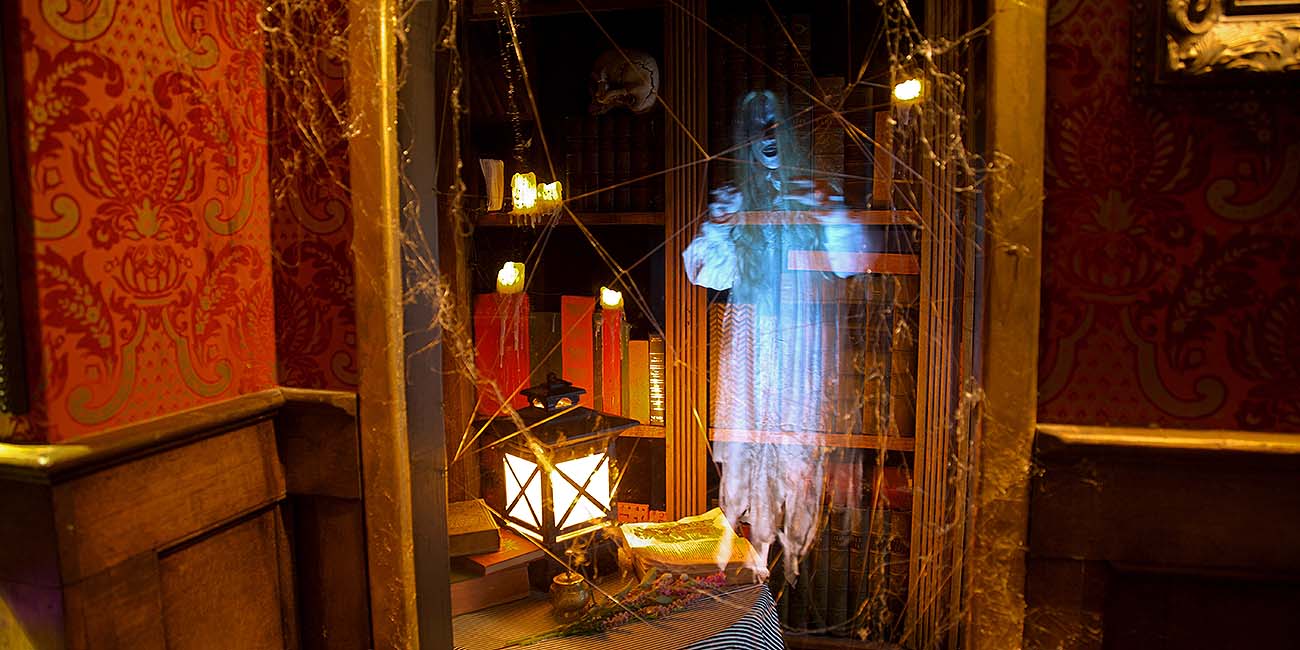Aviles Street is part of the original layout from the early Spanish settlement of St. Augustine. It has been in use since the 1600s, making it the oldest continuously used street in the continental United States. Beyond the age and architecture, what makes Aviles Street St. Augustine truly special is how it blends history with modern life. Visitors will find museums, galleries, and historic homes all within a few blocks, offering a full picture of the city’s culture and past.
Explore Aviles Street St. Augustine

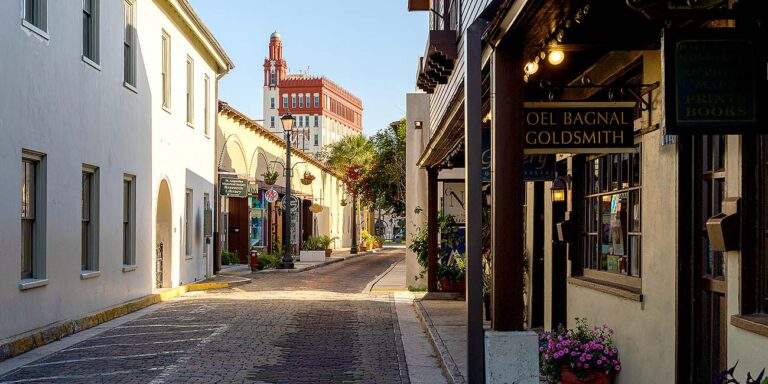
Aviles Street is one of the most historic places in St. Augustine. It’s the oldest street in the continental United States that has been continuously used since the 1600s. The bricks under your feet hold centuries of stories. As you walk, you’ll see a mix of old-world charm and present-day energy. There are historic homes, small art galleries, outdoor cafes and unique local shops that give Aviles Street St. Augustine its distinct personality. It’s a walkable stretch that invites curiosity, blending history and creativity in a way few streets can match. Some of the city’s most beloved museums and cultural sites are just steps away, adding even more depth to your visit.
A Glimpse of Aviles Street

Originally called Hospital Street, this path was once connected to a Spanish colonial hospital, believed to have served residents and soldiers during the city’s early years. Archaeological digs have uncovered pottery, tools and other artifacts that confirm the road’s use for over four centuries. Some structures lining the street still feature coquina stone walls and wooden balconies. These details have been carefully preserved from the Spanish colonial era. While the interiors now house art studios, boutiques and eateries, the architecture maintains a strong link to the past.
As you explore Aviles Street St. Augustine, you’ll notice plaques and markers that explain the area’s significance. It’s easy to slow your pace here, taking in the texture of the old buildings and the atmosphere of a street that has seen St. Augustine grow from a small colonial outpost into the city it is today. The area’s pedestrian-friendly layout and shade-covered paths make it easy to take your time. This peaceful corridor invites reflection and appreciation for both the past and the people who continue to shape it.
From History to Art

In the 1930s, this quiet street began drawing painters, sculptors, and craftspeople. The opening of the first gallery set the tone, and Aviles Street soon became an important part of the city’s growing art scene. Today, Aviles Street St. Augustine is known as one of the city’s most creative areas. Visitors can browse galleries filled with local and regional artwork, including coastal landscapes, abstract pieces, and handmade jewelry.
Many galleries double as working studios, and it’s not unusual to see artists painting or sculpting while chatting with visitors. This direct connection between creator and guest gives the area a warm, personal feeling.

Some shops even offer classes and workshops for those who want to try something new. The First Friday Art Walk is especially popular. Held on the first Friday evening of each month, the event brings together artists, residents, and visitors for a relaxed celebration of the arts. Shops stay open late, live music fills the air, and everyone is invited to wander, view new exhibits, and enjoy drinks and light snacks along the way. This monthly tradition brings new energy to Aviles Street St. Augustine and is a favorite among locals and tourists alike.
What Attractions and Experiences Are on Aviles Street in St. Augustine?

One of the most interesting and educational stops is the Spanish Military Hospital Museum. This attraction recreates what a Spanish hospital looked like in the 1700s, complete with original tools and furniture. Costumed guides explain old treatment methods and show how doctors handled injuries and illnesses during that time. It’s a hands-on experience that gives a whole new perspective on colonial life. You’ll walk away with a deeper appreciation for how medicine and healing shaped early settlements like St. Augustine.
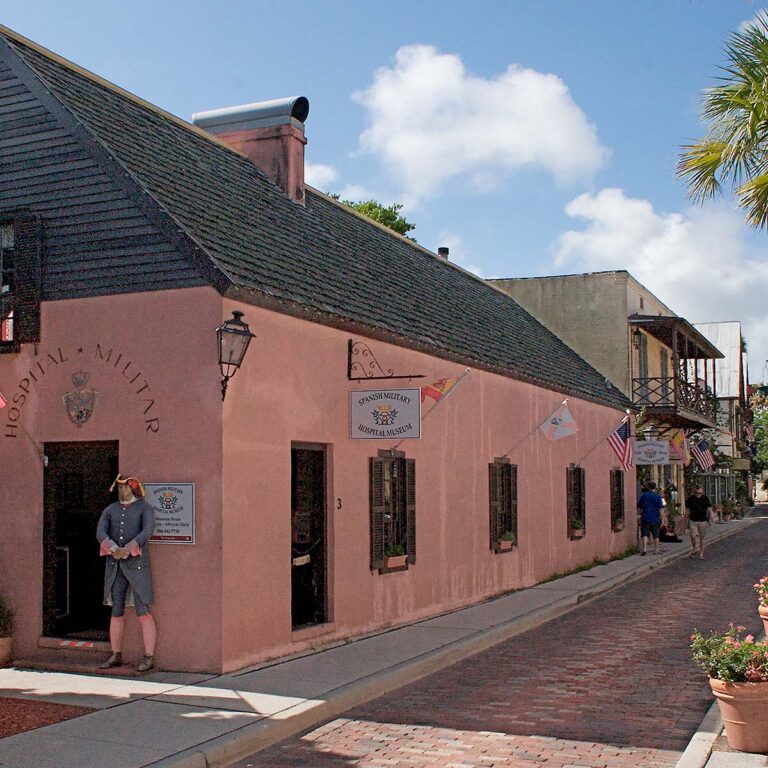
Just down the street is the Father O’Reilly House Museum. Built in 1791, it’s one of the oldest buildings still standing in St. Augustine. Father Miguel O’Reilly was a Catholic priest who played a major role in the city’s religious education. Today, the museum includes exhibits on early Catholic life in the region, with displays about Spanish missions and the role of faith in the city’s growth. The peaceful garden in the back is a quiet place to take a short break from sightseeing.
Another must-see is the Ximenez-Fatio House Museum. This restored boardinghouse offers a glimpse into 1800s life, especially from the perspective of women who owned and operated such properties. The museum focuses on daily routines, family life, and travel in a time when women’s roles were often overlooked in history. With rooms set up just as they would have been and expert guides sharing personal stories, it’s one of the most immersive attractions on Aviles Street St. Augustine. Special programs and seasonal tours offer even more ways to connect with the stories behind the walls.
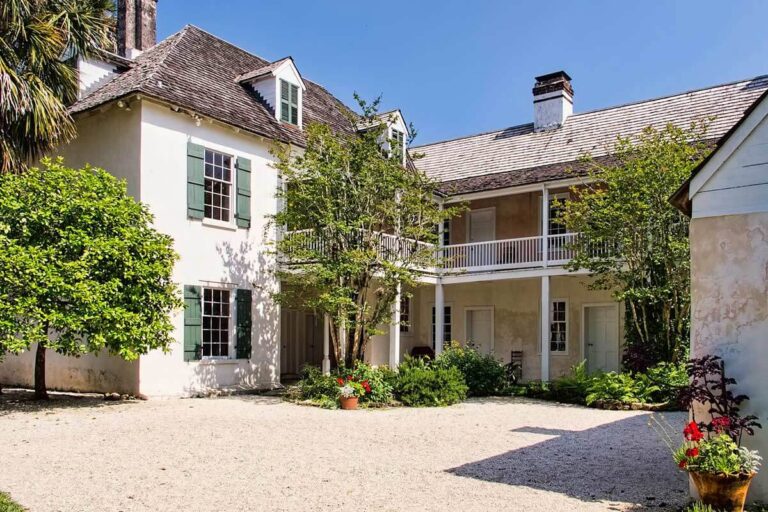
Together, these three museums offer a full look at the medical, religious, and social history of early St. Augustine. They’re all within a few minutes of each other, making Aviles Street St. Augustine a perfect place for anyone who loves learning through real places and personal stories. Exploring them in one afternoon offers a well-rounded view of how different aspects of life came together in one of America’s oldest cities.
What Are Some Attractions Near Aviles Street?

Just a short walk from Aviles Street St. Augustine, the Plaza de la Constitución offers a peaceful retreat with deep historical roots. This public square has served as the heart of the city for centuries and is the oldest plaza in the United States. At the center stands an obelisk that commemorates Spain’s 1812 Constitution, and surrounding it are shady oak trees, a gazebo, and benches where locals and visitors gather. It’s a popular place for seasonal events, live music, and cultural festivals that add a lively rhythm to the historic setting.
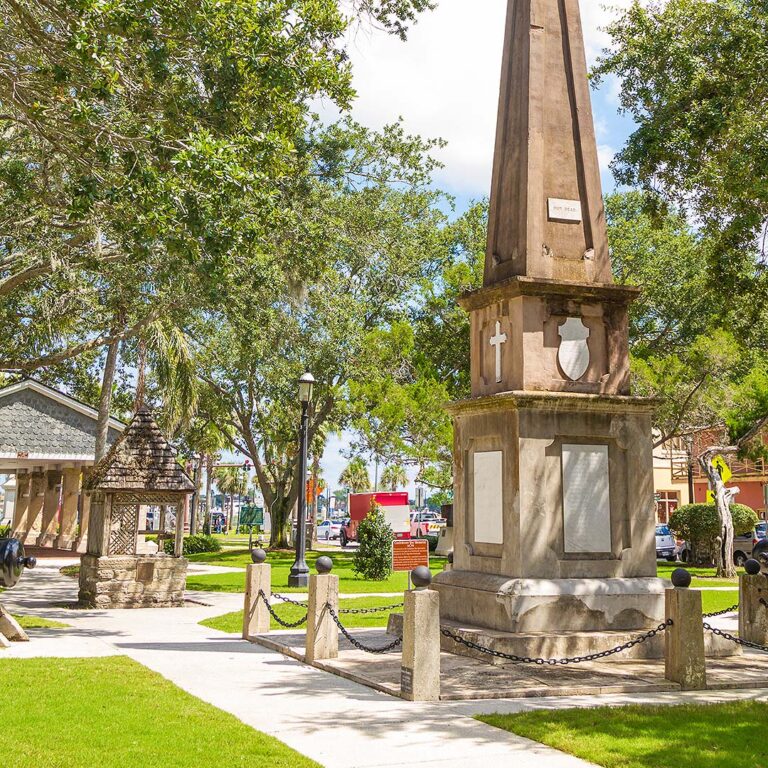
A few blocks away is the Lightner Museum, housed inside the former Alcazar Hotel built by Henry Flagler in 1888. If you’re exploring with Old Town Trolley Tours®, this popular attraction is conveniently located along the route. Guests often hop off here to browse the exhibits or unwind in the peaceful courtyard. Inside, the museum holds an eclectic mix of 19th-century art, furniture, and oddities. From intricate stained glass to antique mechanical instruments, the collection offers a unique look at Gilded Age collecting. Even if you don’t go inside, the koi pond and gardens in the hotel’s old swimming pool area provide a relaxing break from sightseeing.
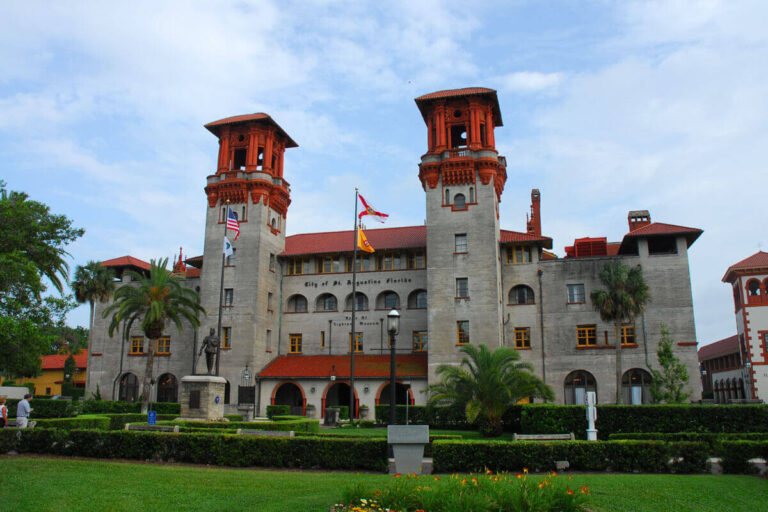
The Old Jail Museum is another fun standout attraction nearby. Built in 1891, the jail remained in use until 1953 and has been preserved as a historical site. Guides dressed in period attire lead visitors through original cells, gallows, and exhibits on early law enforcement in Florida. Their stories, both serious and light-hearted, bring the building’s past to life.
Close to Aviles Street, you’ll also find Flagler College, another project by Henry Flagler. The college campus occupies the former Hotel Ponce de Leon, known for its ornate Spanish Renaissance Revival design. Guided tours give visitors access to the grand lobby, murals, mosaic floors, and stained-glass windows designed by Louis Comfort Tiffany. It’s a must-see for architecture lovers and anyone curious about the city’s opulent past.
A visit to Aviles Street St. Augustine wouldn’t be complete without seeing Castillo de San Marcos. This 17th-century fort was built from coquina, a local shellstone, and remains one of the city’s most iconic landmarks. It was constructed by the Spanish to defend the Florida coastline and has withstood multiple sieges. Today, guests can walk the ramparts, step inside the old guard rooms, and witness historical demonstrations that show how soldiers protected the city.
Just north of Aviles Street is St. George Street, a pedestrian-only thoroughfare filled with local shops, cafes, and heritage sites.
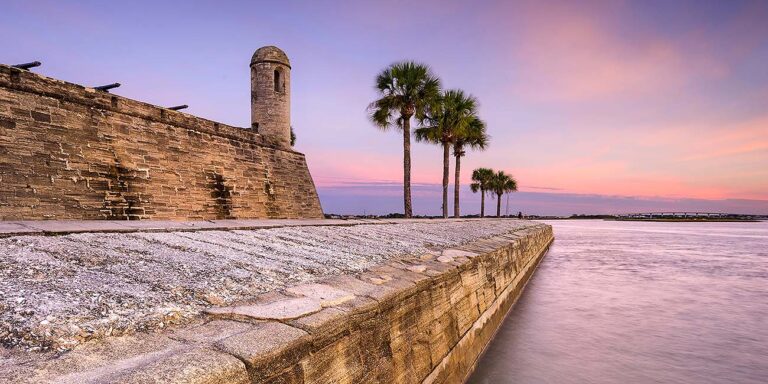
Among these is the Governor’s House Cultural Center and Museum, which was once the residence of Spanish and British colonial governors. It now displays exhibits detailing the city’s political and cultural evolution. Admission is free, making it an easy and informative stop.
Right next door is the Cathedral Basilica of St. Augustine. Founded in the 1560s and rebuilt several times, it’s the oldest Christian congregation in the city. The current building dates to the late 1700s and contains stunning stained-glass windows, sacred art, and mission-style Spanish architecture. Regular services are still held here, keeping the church an active part of the community.
South of Aviles Street St. Augustine, the Oldest House Museum Complex is another essential stop. Located on St. Francis Street, this collection of historic buildings includes Florida’s oldest known residence, two additional museums, a research library, and formal gardens. It’s a peaceful place to explore the domestic side of colonial life, from cooking tools to furnishings and family traditions passed down through generations.
Why Should You Visit Aviles Street St. Augustine?

Aviles Street offers a rare blend of art, history, and culture in one walkable location. Whether you’re a first-time visitor or returning to see more, this part of St. Augustine delivers something new every time. With so many attractions right on or near Aviles Street St. Augustine, it’s easy to spend an entire day exploring and still feel like there’s more to uncover. Museums, public spaces, hidden gardens, and historic architecture all add to the charm. Every corner holds a story, and every visit feels unique. If you’re searching for an experience that brings together the city’s past and present, there’s no better place to start than Aviles Street.
FAQs

Yes, Aviles Street St. Augustine is easy and pleasant to explore on foot. It’s a narrow brick-paved road with limited vehicle access, which makes walking safe and enjoyable. Shops, museums, and cafes are close together, so you don’t have to walk far between stops. With benches, trees, and friendly businesses all around, the street welcomes visitors who want to take their time and experience it fully.
Midday is usually the best time to visit. By then, most shops, galleries, and museums are open, and the street has a friendly, active feel. If you’re looking for something quieter, the morning hours are a good option. Evening events like the First Friday Art Walk are also a great time to go. During these special evenings, Aviles Street St. Augustine feels extra welcoming, with lights, music, and open doors.
For the most part, yes. Aviles Street St. Augustine is flat and paved with bricks, which helps with wheelchair access and easy walking. While some of the older buildings may have steps or tight doorways, many have been updated to be more accessible. Most businesses and museums are happy to help if you need assistance, and calling ahead can make the experience even smoother.

